|
The dog training industry in the US isn’t regulated. It’s regulated very few places in the world actually.
As always, there are exceptions to every rule, so the number one thing to keep in mind is how you and your dog feel about the experience you have. Ask yourself these questions when working with a dog trainer: 1. Do I feel comfortable with this person? 2. Do they listen to me and my concerns? 3. Does my dog look happy during training? 4. Does my dog appear to be excited/happy when they see the trainer? (Obviously this doesn’t apply if your dog has a history of reactivity, fear of strangers, or they don’t seem to care for anyone outside the family already) 5. Does your dog get to make choices during the training process and choose to be involved in the training process? 6. Does the trainer force your dog to do things they don’t like? 7. Does the trainer customize the training plan for your individual dog (for private lessons) or do they use the same tools/exercises for every dog they work with? 8. How does the trainer respond to negative reviews? If something happens, do you feel comfortable with them responding the same way to you? 9. Is the training plan effective? Changing behavior can take time. Some behaviors take more time than others, but if you’ve been training for weeks or months with no change at all, that’s a red flag. 10. Is the trainer willing to refer you to someone better qualified if needed? Are they willing to place your dogs’ best interests over their paycheck? These include: Dog Psychologist, Master Trainer, Expert in Dog Psychology, Dog Behavior Specialist, Expert Consultant in Dog Psychology, or any similar variations. People make up some weird stuff. Additional terms like Balanced, LIMA, Science-based, Positive Reinforcement, Force Free, Fear Free, etc, usually give you more information as to the trainer's methods and tools. However, you still need to carefully vet the trainer to ensure they actually use and understand the methods instead of simply using marketing buzzwords.
Behavior Consultant – this is a dog trainer who has earned this title through a butt-ton of experience and through passing a knowledge (and sometimes skills-based) certification exam. They have to agree to a code of conduct and ethics and must upkeep their certification with continuing education units. Those who fail to do so will lose their behavior consultancy status. Example: Allie and Emily with Pet Harmony Behaviorist/Behaviourist – This is a professional who has a master’s degree or higher in one of the behavioral sciences and has passed their certification test. They are usually affiliated with a veterinarian organization. They are able to diagnose and prescribe. (Note that true Behaviorists aren’t common and this is a regulated field. There are trainers who claim to be behaviorists, who don’t even know what a real Behaviorist is. Check their credentials!) Example: Lynne with Pets Decoded Veterinarian Behaviorist – This is what it sounds like – a veterinarian who also has their Behaviorist certification. These pros are the top of the behavior food chain and take the most extreme cases. They often use a combination of behavior modification, management and medication.
2 Comments
Socialization refers to the window of learning when puppies are more accepting of new things and when they learn what’s “normal” as part of their life.  Puppies actually go through 2 socialization periods – the first is called the interspecies socialization period and this occurs roughly between 3-7 weeks. This is where they learn about their species. They learn how to interact with parents and littermates and what it means to act and communicate as a dog. This phase is almost always completed while they’re still with mom and the breeder/foster. This is also when bite inhibition is locked in. You can’t change bite inhibition later, which is why leaving them with littermates and mom is so important. (Note that bite inhibition refers to how hard a dog will bite when they’re in crisis/fight or flight…not how they normally play or interact with other dogs/other species). So ask about this time and what other animals (if any) they were exposed to.
If your dog is already past their socialization window, don’t panic – there are still things you can do to help and work with them. Counter-conditioning and teaching alternative ways of coping with stress are fantastic tools and I’m happy to help you out with that. But for the purposes of this handout, I’m only focusing on what to do during the socialization window. Let’s get started!
- smells - objects - people (different shapes, sizes, energy levels and ages) - places - animals - textures - handling (touching different body parts, like ears, feet, tail, lips, etc…) - grooming (introduction to nail clippers/files, brushes, cleaning ears, getting paws wet in the tub, etc…)
It’s a good idea to continue working on these to some extent after the social window has closed…especially in areas your dog struggles. Just remember to do what you can when you’re able! Make this a priority now and it will pay off much better in the long run. One last note: genetics play a large part of an adult dog’s personality, so socialization does not necessarily guarantee a happy, confident dog. However, it’s our responsibility as pet parents to do our part to set them up for success. If you'd like additional help with socialization and training, we would love to chat with you about your specific needs and options! We're passionate about socialization and getting puppies and their families off to their best possible start in life!
1. Builds better relationships - when you spend time with your pet engaging in activities you both enjoy, where you have to work together as a team, that's a HUGE boost to your relationship bank account.
5. Pets learn how to learn and you learn how your pet learns - especially as you learn more intricate and complex behaviors, you'll become a master of understanding how to teach your pet based on their own learning style and they'll become better and better at trying new and more complex behaviors.
7. Great mental exercise - just like us, mental exercise is important for pets too! Did you know that a study done recently in dogs suggests that mental exercise tires them out 4x faster than physical exercise? Trick-training is a fantastic mental work-out and a 5-10 minute session teaching them a new trick will often wear them out faster than taking them on a 30 minute run!
9. Teaches obedience behaviors - There are many tricks that can be used to teach traditional "obedience" behaviors. I have some favorites I like to use for recall and loose leash/heel in particular. People tend to treat trick training like a game and obedience like a chore, so guess which behaviors the pets prefer? Trick training of course? So I use as many tricks and games in training as I possibly can. :)
11. Makes your pet more approachable - obviously this is a personal preference and some people like their pet to appear more intimidating in certain contexts (and that's totally fine!). But maybe when your 5-year niece or your grandmother comes over and sees your large black and tan dog, your black cat or the beak on your cockatoo and looks frightened (if they shouldn't be), having your pet do some silly tricks often changes people's attitudes. It's a lot harder to be scared of a dog who flops over on it's back and wriggles around when you tell them to play dead. 12. Trick Training is kid-friendly - kids often love pets, but sometimes the feelings aren't mutual because pets feel overwhelmed by the sudden movements, noises and physical interactions of children. If you teach children how to engage with pets using tricks the pet knows and loves, the children are entertained by the silly antics of the pet (and they never have to touch the pet and overwhelm them during this time) and the pet enjoys the company of the child because they get to do the behaviors they enjoy while the child is present and rewards (usually treats) appear while the child is present. If you'd like to get started with trick training, we have an online intro to trick training class for just $30. This class will prepare you to test for the Novice Trick Training Title through the AKC if you're interested in that option. You can learn more by clicking the buttons below.
That’s why I’ve created a list of things to look for when hiring a trainer (or behavior consultant or behaviorist – these are three different levels of expertise and we’ll talk about that in a moment) But first, why listen to me? I’ve been working with dogs on and off for over ten years in different capacities. I’ve worked under trainers, groomers and breeders. I’ve taken care of litters of puppies from champion line parents, walked, fed, played with and trained dozens and dozens of different breeds (hundreds of dogs), bathed and done basic grooming for breeds from yorkies to mastiffs. I’ve been running my own professional training business for around 5 years now where I’ve trained in group and private settings. I continue my education by shadowing other trainers, participating in webinars, workshops, classes and training events, I read books and watch training/behavior dvds and online materials. I attended a 2-year program to receive a certificate in dog training and I’m now a mentor trainer through that organization. I volunteered with two service dog organizations for a total period of two years. I’m an evaluator through the American Kennel Club to give CGC and other titles in a variety of behaviors. I have my own apprentice program that I’m building based on everything I wish I had learned earlier in my training journey. I also created and co-admin two of the trainer groups in my state and I’ve found the very best people to continue my education and give me resources to use the latest in behavior science to help my clients succeed. In short, I’ve been around the block. I’ve seen some amazing training and I’ve seen plenty of clients get swindled out of a good training experience because they didn’t know what to look for. I’ve seen dogs shut down and abused in the name of “training” and I’ve spent a lot of time fixing these dogs who are brought to me after negative experiences with trainers (most who mean well, but don’t know nearly what they should). Here’s a list of things to look for when hiring a great trainer:
This includes referring to other pet professionals where appropriate. For example, it is not ethical for anyone other than a behaviorist or veterinarian to recommend specific medications.
8. Certifications are important, but they’re not everything. I personally know several trainers who are wonderful, have learned from other trainers and they continue their education, but they don’t have any training certifications. I also know trainers with certifications up the wazoo who I’d never let touch my dog. Certifications are a plus, but don’t go off of those alone. - There are four “levels” of pet training professionals: trainers, behavior consultants, behaviorists and veterinary behaviorists. Many trainers call themselves behaviorists without knowing that a true behaviorist has a PhD in one of the behavior sciences and is also certified as a behaviorist. Behavior consultants don’t have to have a minimum education requirement, but they do need to have a specific number of hours of experience and pass an intensive test on animal behavior to receive their behavioral consultant certification. These are pretty important distinctions and if your trainer doesn’t know the differences between each of these or advertises themselves as a behaviorist (if they’re not), they probably aren’t as knowledgeable as they should be. It’s probably time to find a different trainer.
I’m a big believer in gut feelings. Dogs and humans have evolved together to the point of almost being classified as a symbiotic relationship. Studies have proven that dogs view us more as parents than their actual canine mothers and fathers. For the most part, we’re very in tune with each other and gut instinct should be listened to.
If you have any questions on any of these or you’d like additional help finding a great trainer in your area, please contact me! I’d love to help you out! One final note, I did not include reviews for a reason. By all means, check out the reviews. Reviews can be misleading however, and should not be a primary factor in hiring a trainer. Some clients who leave glowing reviews have never used anyone else and have no idea there could be better options out there. Some clients may be too embarrassed to share anything other than 5 star reviews because the training relationship between trainer and client can be more personal than in many other professions. Some training companies will delete or flag reviews with anything less than 5 stars. There’s a lot going on behind the scenes and reviews don’t always give an accurate picture.
|
Kat & Haylee
Just a couple of animal geeks trying to make the world a better place. Archives
February 2023
Categories
All
|


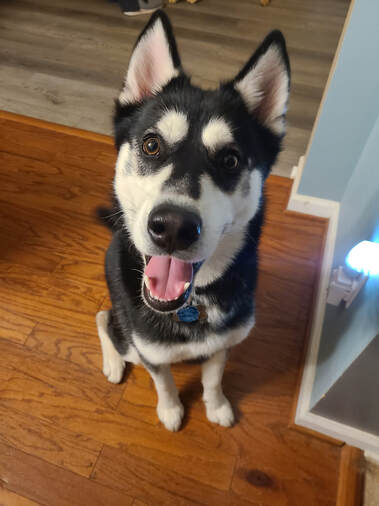
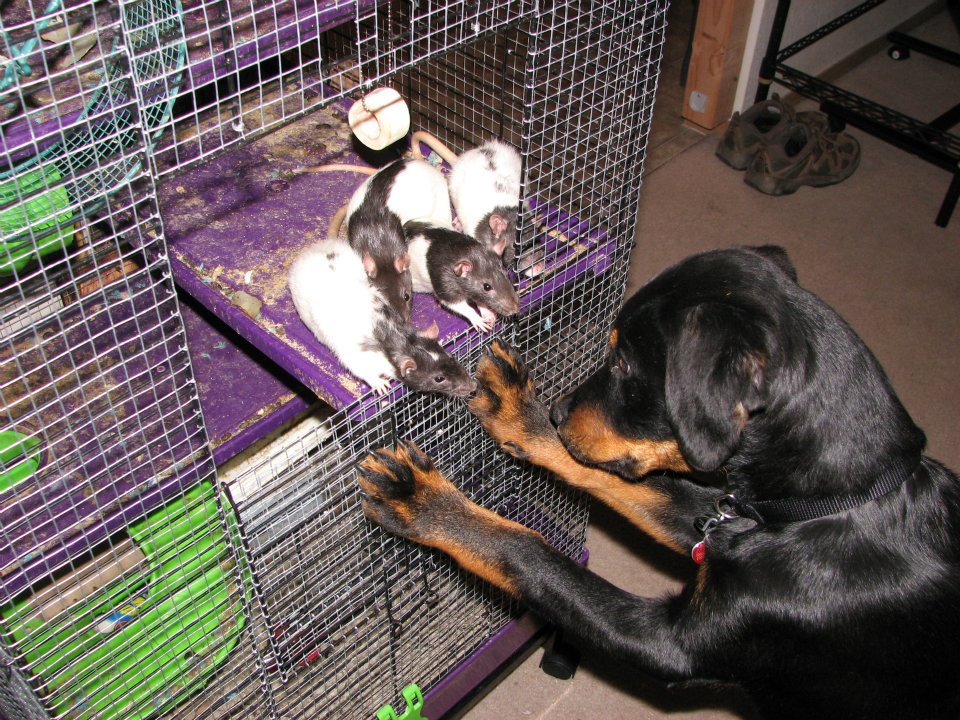
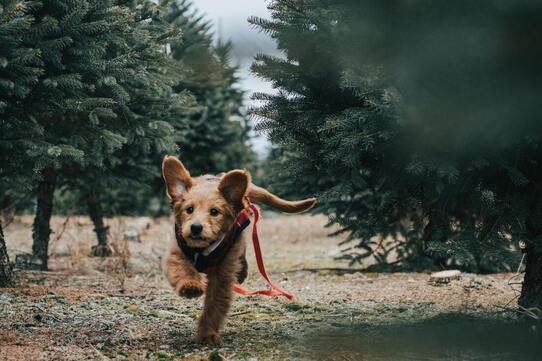
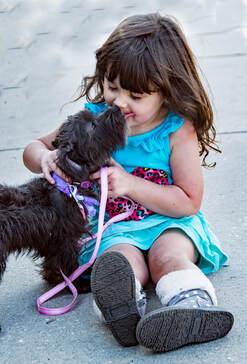
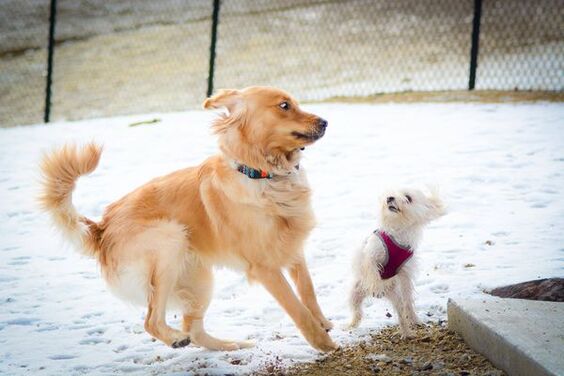
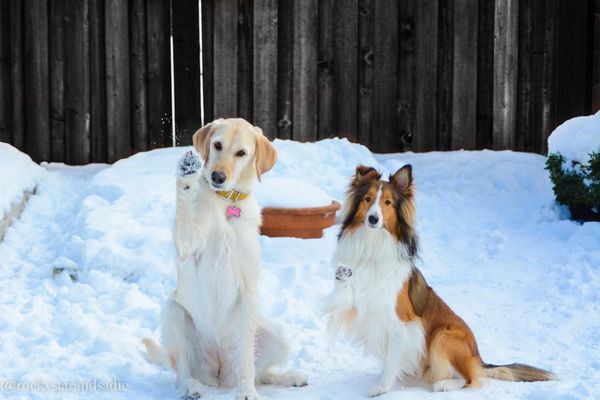

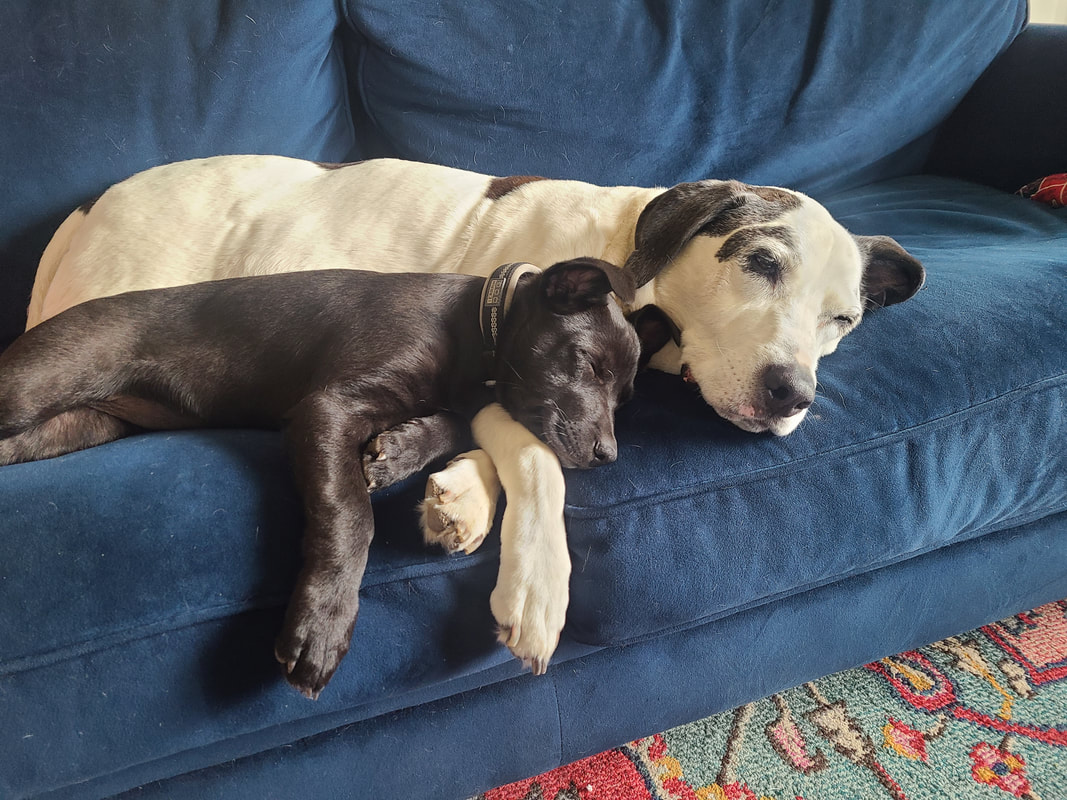
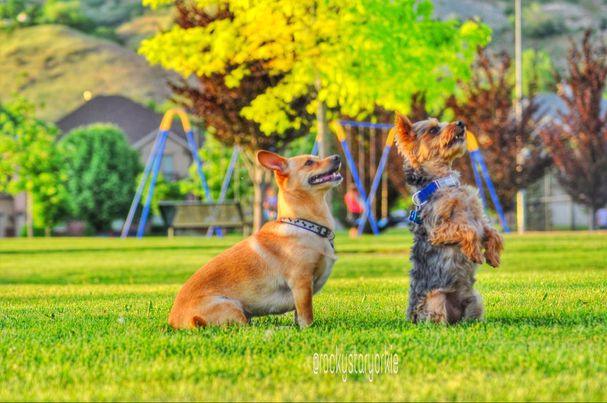
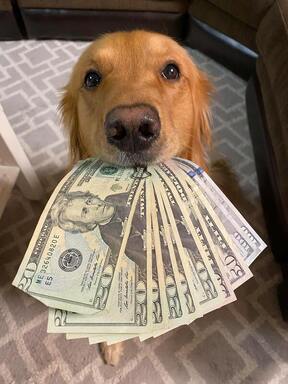




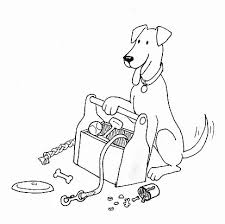

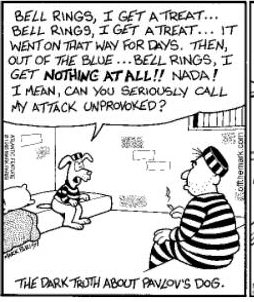


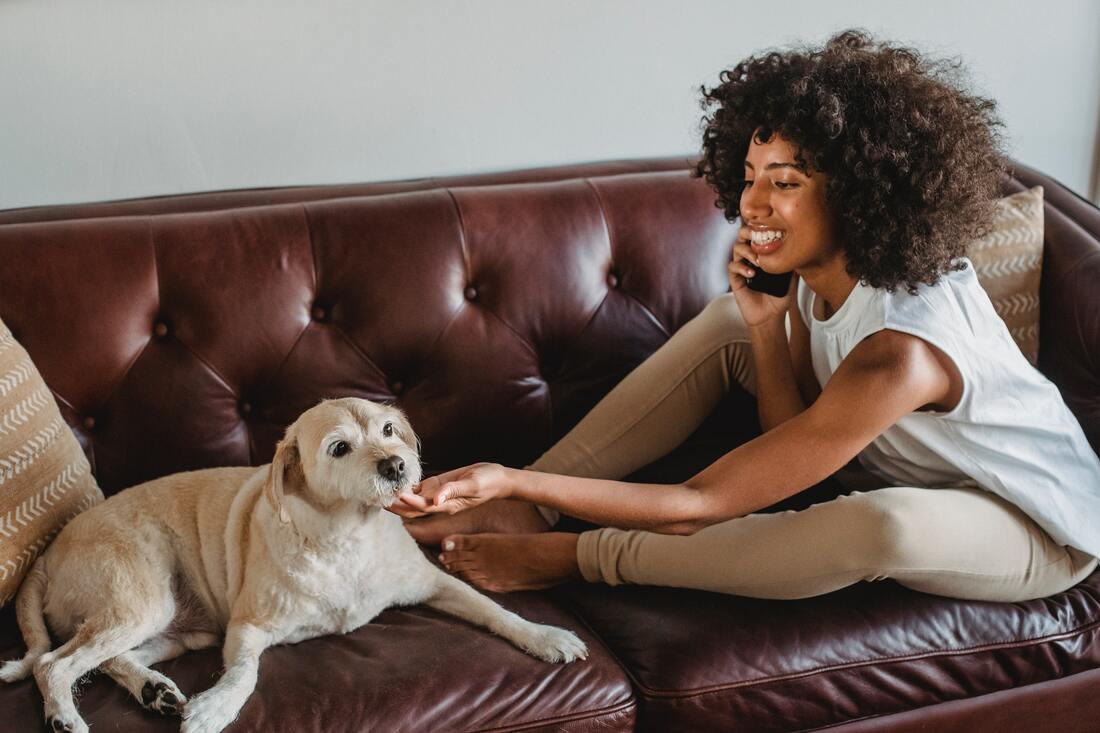

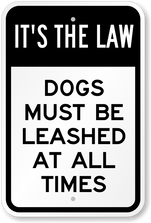
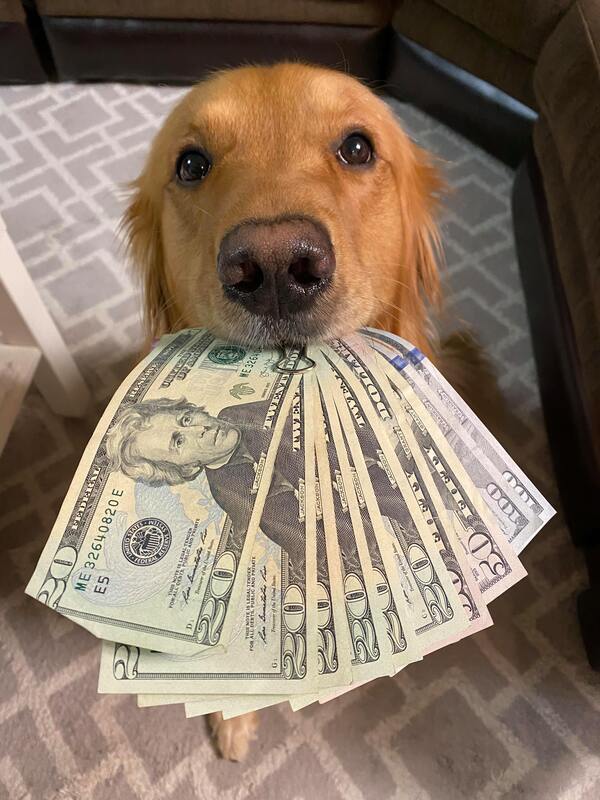
 RSS Feed
RSS Feed